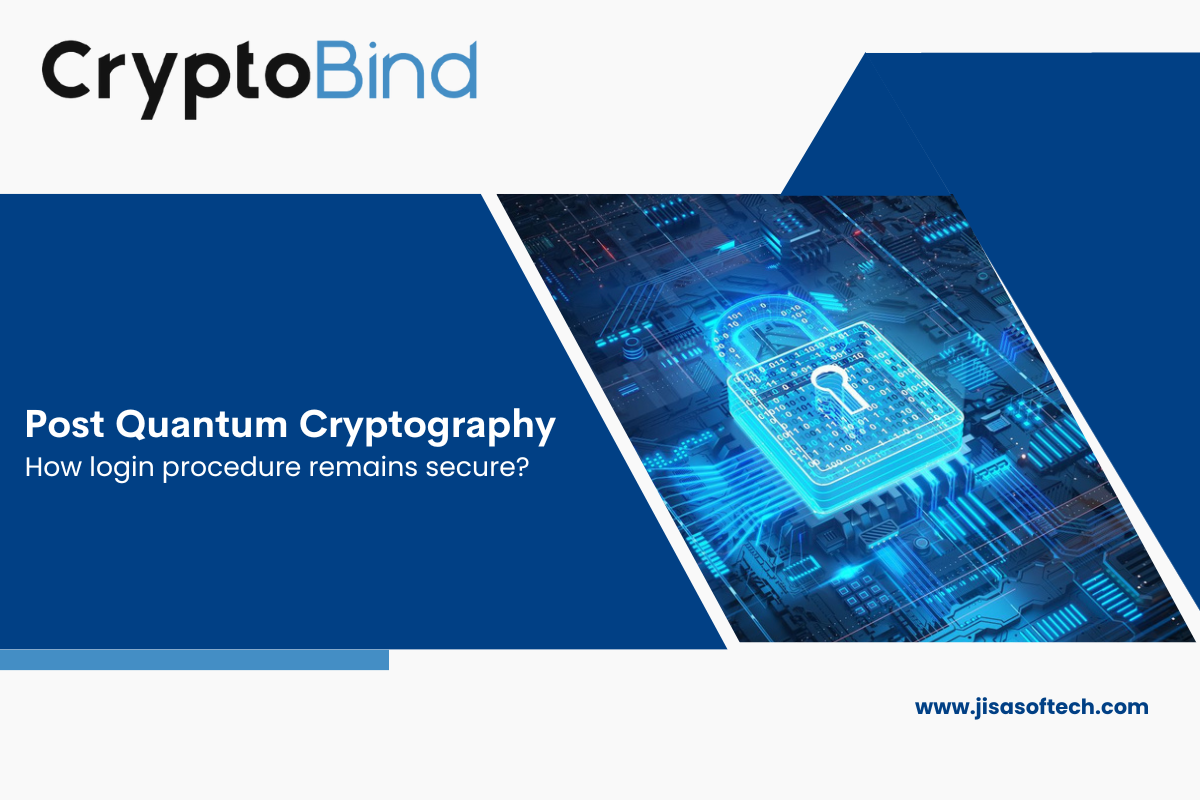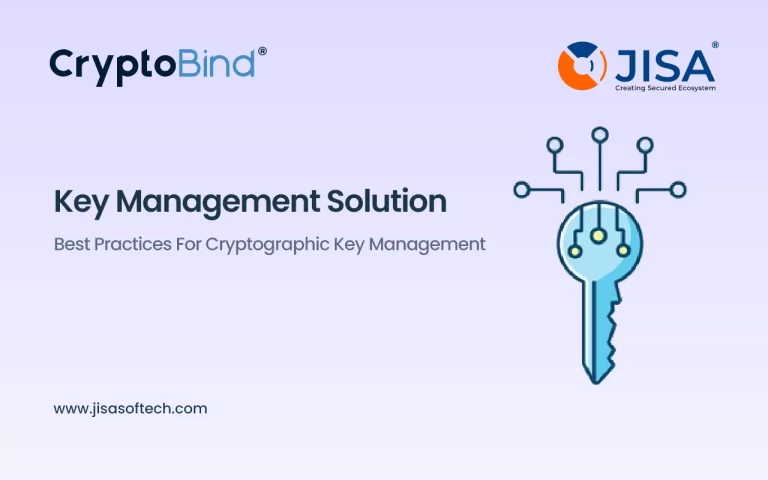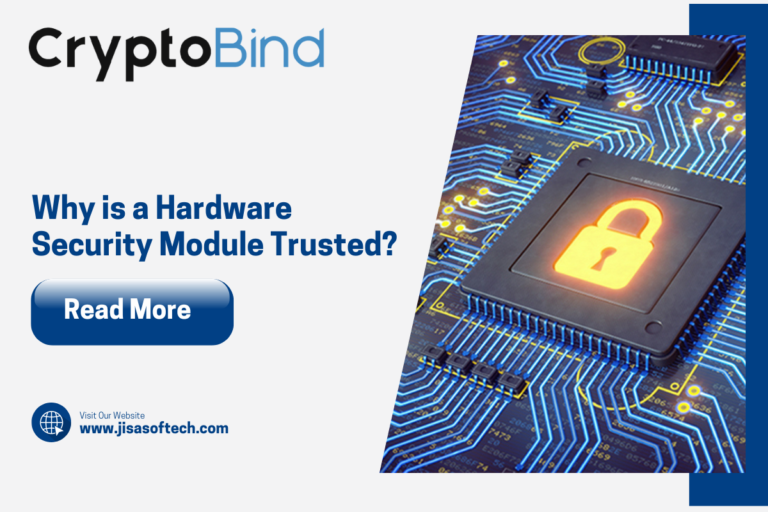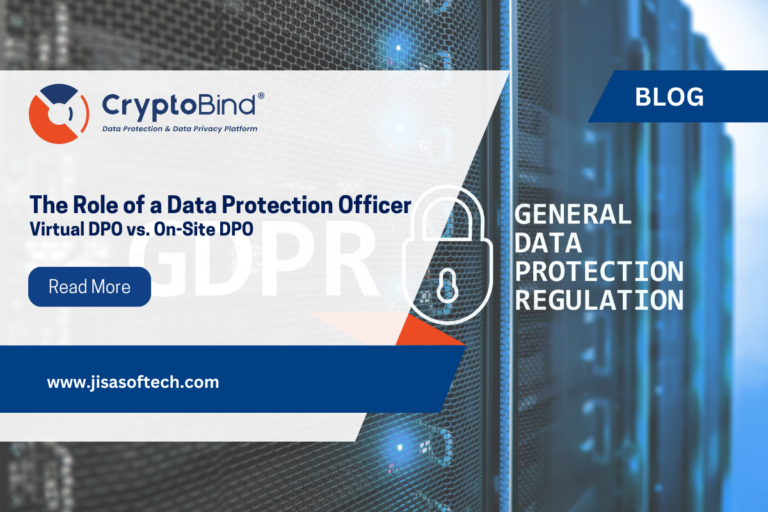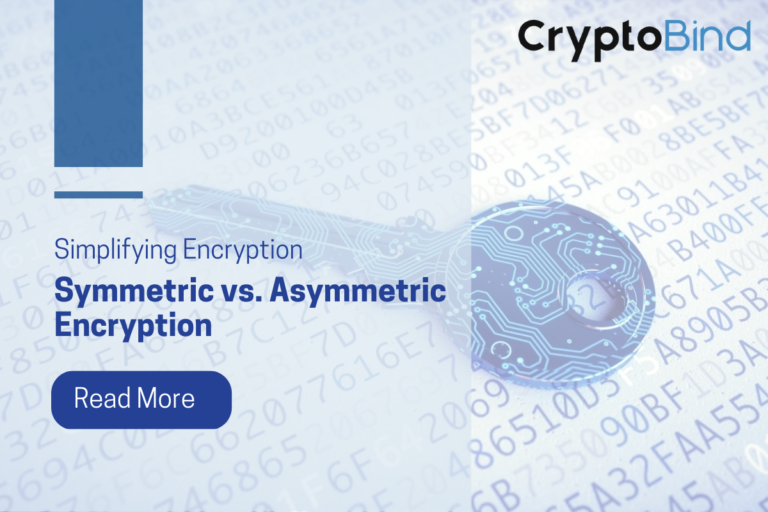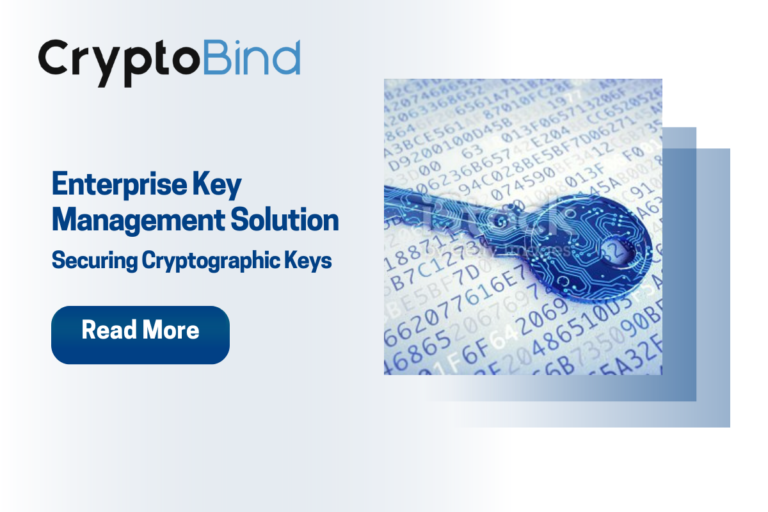Post Quantum Cryptography: How Login Procedure Remains Secure?
For many years, a hot topic in IT security research has been the removal of passwords from Internet login procedures. The use of passwords raises numerous security issues.
PASSWORDS ARE NOT AS Protected AS YOU THINK.
Passwords are the most popular type of authentication. However, in practice and application, they are the least effective form of authentication.
Security and accountability are closely connected. Organizations must have strong authentication systems in place to prevent and deny access based on a user’s permissions in order to hold a person accountable for his or her actions.
AN EXTREMELY HIGH NUMBER OF REAL-WORLD PASSWORDS HAVE BEEN HACKED.
Hackers know a lot about general password rules, guidelines, and selections. This understanding of how we choose passwords as general computer and internet users makes password cracking easier and faster.
Hackers have breached thousands of corporate networks and well-known online services. Many of these compromises gave hackers immediate or delayed access to user passwords.
PASSWORDLESS Authentication is the New Era:
Due to the security and user-friendliness of the process, password less authentication offers businesses and IT management teams a different option for identity verification. It is typically used in conjunction with other authentication procedures like multi-factor authentication (MFA) or single sign-on (SSO), and it is quickly replacing the conventional username and password methods in terms of popularity.
Despite the fact that millions of dollars are spent on authentication, users from numerous organizations and institutions still use passwords to access their systems and applications. This is so that hackers won’t have an opportunity to steal those credentials since traditional MFA products still rely on passwords. Deploying a strong login strategy that can strengthen security has therefore become crucial for organizations.
MFA without a password is known as password less authentication. Instead, it uses biometric authentication, cryptographic keys, and other types of authentication factors that are commonly supported by existing devices.
Password less authentication strengthens organizational security by removing the risk of compromised credentials by eliminating the previous reliance on security credentials (usernames and passwords). Going Password less entails being able to validate a user’s identity without the use of passwords. This is the cybersecurity of the future.
Future of Biometric Security in the Quantum Era:
As per research card-based biometric system that eliminates limitations and provides governments, businesses, and individuals with a powerful way to verify their identity both online and offline. This solution entails placing a fingerprint reader on a card that functions as a microcomputer, has its own operating system, and can be expanded in use by adding embedded applications. Users tap the card while pressing their thumb or finger on the reader to log into a website or unlock a door. The onboard computer verifies their print and securely transmits the encrypted verification to the device, so very little data is sent between the two.
Biometric security must be built into any new security systems from the outset because quantum computers could possibly destroy even the most advanced cryptography used to protect them.
In order to facilitate a seamless transition to encryption infrastructure for the quantum computing era, the organizations anticipate being able to develop technology for post-quantum cryptography to be added to smart card systems and to advance the adoption of the cryptography. We at JISA Softech will continue moving for early post-quantum cryptography adoption in order to build and maintain a foundation for safe and secure information transmission.
For more information Contact us:
Sales@jisasoftech.com

